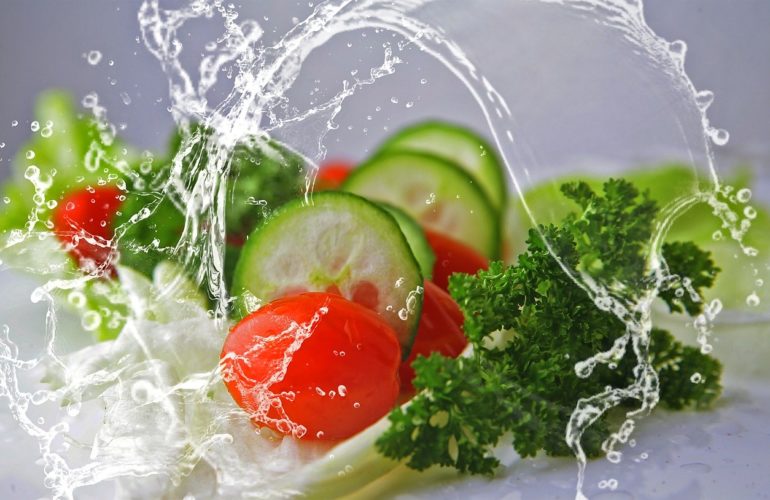If a well-trained chef and an experienced traveller would sit in a local restaurant, in an unknown location, they would only need a quick glance at the menu to know the country and even the specific region where they are.
How is this possible? By following the language of food!
Each culture has its own signature dish, but the main ingredients and flavours used to make that dish will tell you everything you need to know about the locals and their preferences. After all, who doesn’t know that pizza and pasta are from Italy and olive oil and herbs are from the Mediterranean area?
But there is a lot more to food than we think. The foods we enjoyed as children follow us into adulthood and we share them with our children and grandchildren as part of our cultural legacy. Even more, the way we accept new foods and ingredients into our lives tells a lot about our personality and way of being.
For instance, people who are willing to try more complex foods are more flexible and open to new ideas and experiences. On the other hand, the ones who stick to what they know are more rigid and less likely to change. The difference is also visible from one generation to another, where younger people enjoy food diversity a lot more than their parents or grandparents.
But specialists also discovered that the language we use to describe taste, ingredients, and even how or when we eat is important. We can see this in the USA, where the obesity rate is high. Americans are always busy and on the run, so they don’t stop to appreciate a dish that takes too long to cook or digest.
The food industry is highly industrialised and almost everything is thoroughly cleaned, conserved, packed neatly and easily available on supermarket shelves and can be cooked in the microwave. If not, they always have access to fast-food, which is described using appealing and short words
How we talk about food matters.
The best way to observe the language of food is in ads and reviews. According to a recent study, when leaving reviews, people use words to match the prices and status of the restaurant. As such, four-star restaurants and higher will receive lengthy reviews, with complex words that showcase a higher level of education. On the other hand, fast-food and cheap restaurants receive simple-phrased reviews that try to depict the food as a craving and not a healthy and nutritious meal.
On the other hand, ads try to use words that have a visual and/or auditory effect such as crunchy, bio, organic, and others. Oddly enough, words that evoke freshness and sustenance are usually attributed to fast-foods and packaged meals. On the other hand, the use of the word ‘healthy’ has lost its power on the public.
As such, our culinary choices are strongly influenced by the place where we grew up (our culture) but they also speak about our personality. Also, the words we use to depict food and tastes let others know about our relationship with food and, by default, our culture.
